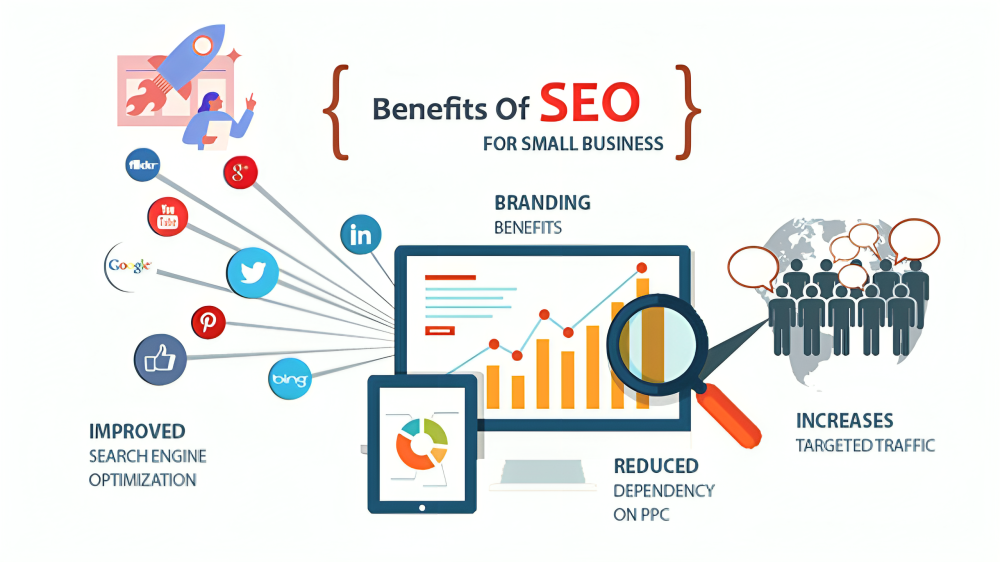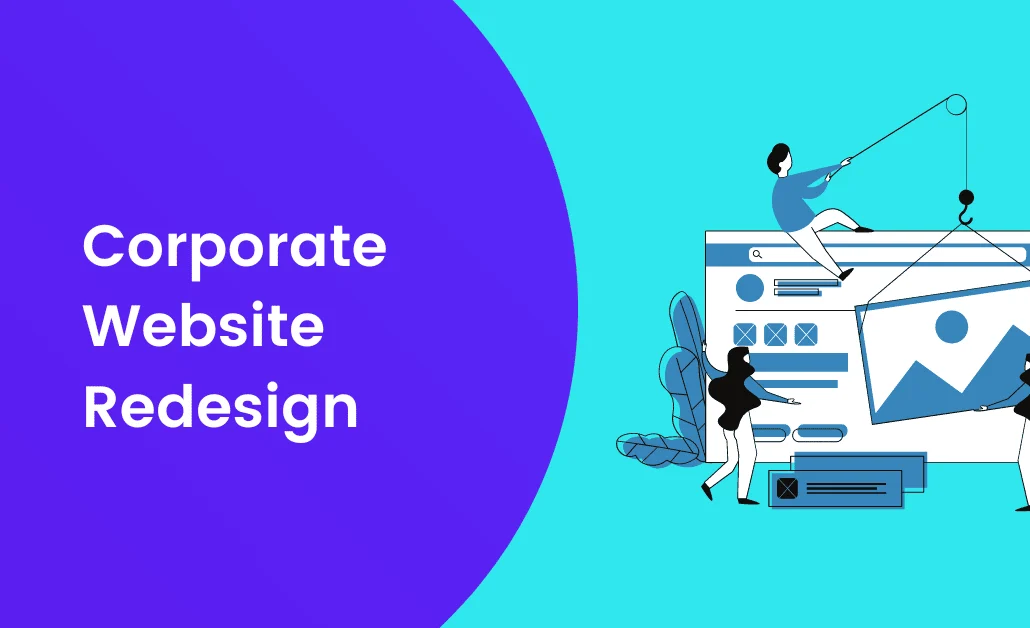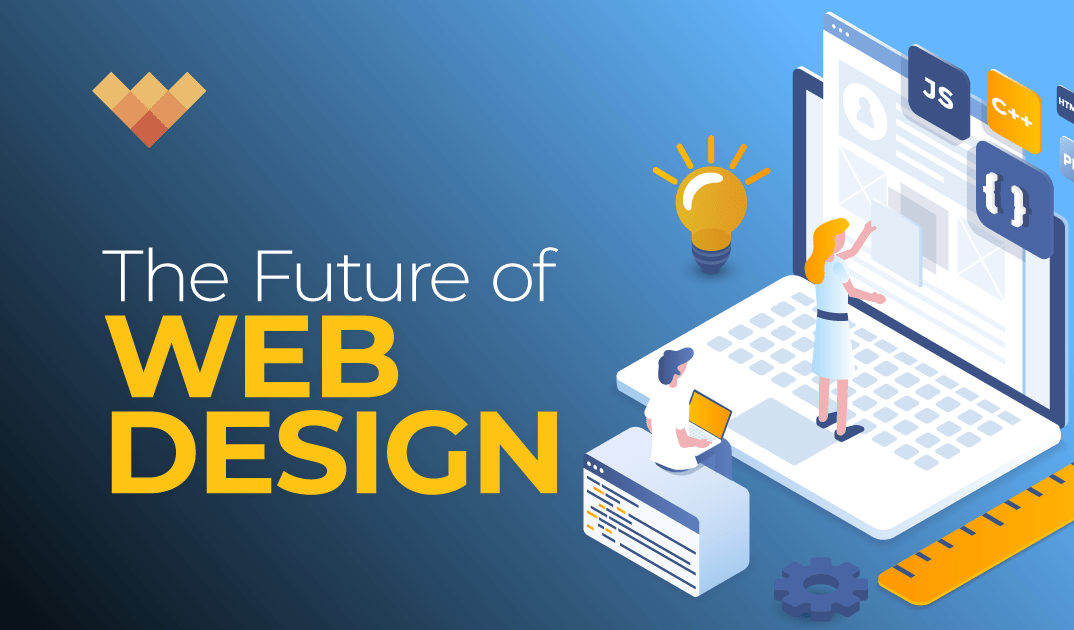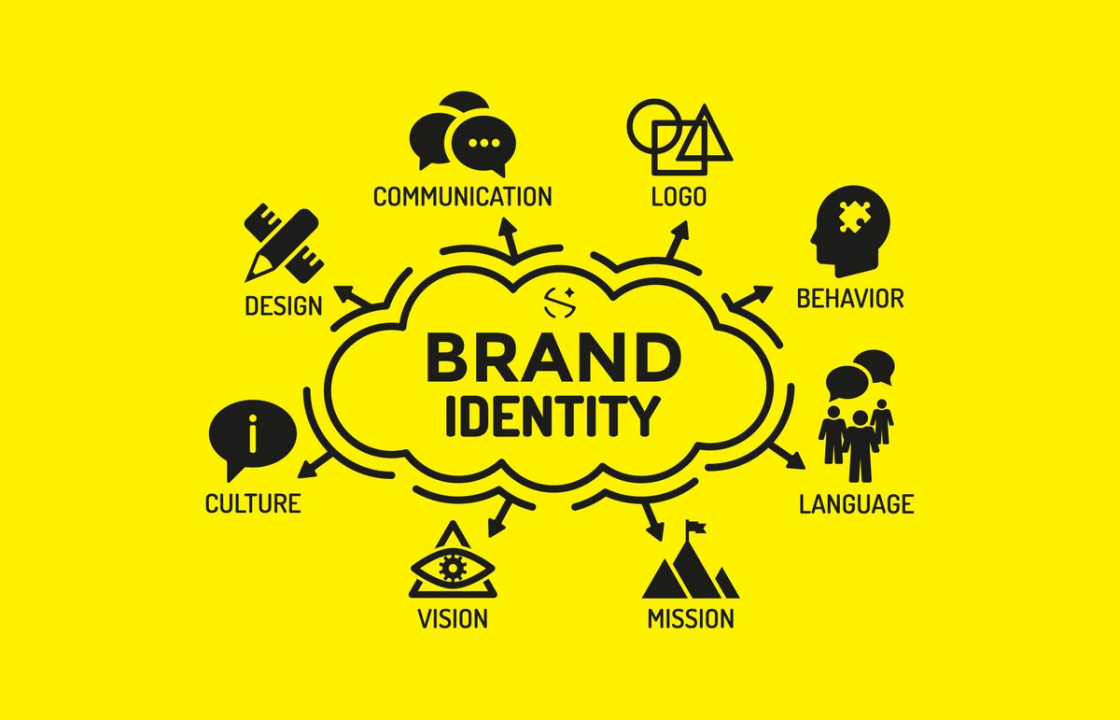Introduction
Responsive web design is no longer a luxury but a necessity in today’s digital landscape. With the increasing variety of devices and screen sizes, ensuring that your website delivers an optimal experience for all users is crucial. At Cypher, we specialize in creating responsive websites that are both visually appealing and highly functional. In this article, we’ll delve into the principles, benefits, and best practices of responsive web design to help you master this essential aspect of modern web development.
1. Understanding Responsive Web Design
Responsive web design is an approach that enables websites to adapt seamlessly to different screen sizes and devices. This is achieved through flexible layouts, images, and CSS media queries. The goal is to provide an optimal viewing experience, whether users are accessing your site on a desktop, tablet, or smartphone.
Benefits:
- Enhances user experience across all devices
- Increases mobile traffic and engagement
- Simplifies website management with a single codebase
Implementation Tips:
- Use fluid grids and flexible images to create adaptable layouts
- Implement CSS media queries to apply styles based on screen size
- Test your design on multiple devices to ensure compatibility
2. Mobile-First Design Approach
A mobile-first design approach prioritizes the mobile experience when designing and developing a website. This strategy involves creating the mobile version of your site first and then scaling up for larger screens. Given the prevalence of mobile internet usage, this approach ensures that your site performs well on smaller devices.
Benefits:
- Prioritizes the user experience for mobile users
- Simplifies design and development process
- Improves site performance and load times
Implementation Tips:
- Start with a simple, clean design for mobile
- Focus on essential content and functionality for smaller screens
- Gradually enhance the design for larger devices
3. Fluid Grid Layouts
Fluid grid layouts are a cornerstone of responsive web design. Unlike fixed-width layouts, fluid grids use relative units like percentages instead of absolute units like pixels. This flexibility allows your design to adapt to different screen sizes seamlessly.
Benefits:
- Ensures consistent design across devices
- Improves adaptability and flexibility
- Enhances user experience by maintaining layout integrity
Implementation Tips:
- Use relative units like percentages for widths and heights
- Define grid-based layouts that can scale with screen size
- Combine fluid grids with media queries for a fully responsive design
4. Flexible Images and Media
Ensuring that images and media elements scale properly is crucial for a responsive website. Flexible images resize within their containing elements, maintaining their aspect ratio without compromising quality.
Benefits:
- Enhances visual appeal across devices
- Prevents layout issues caused by oversized images
- Improves load times and performance
Implementation Tips:
- Use CSS to set maximum widths for images and media
- Implement responsive image techniques like srcset and sizes attributes
- Optimize images for different screen resolutions and devices
5. CSS Media Queries
CSS media queries allow you to apply specific styles based on the characteristics of the user’s device, such as screen width, height, orientation, and resolution. Media queries are essential for creating responsive designs that adapt to various devices.
Benefits:
- Enables targeted styling for different devices
- Enhances user experience by providing appropriate layouts
- Simplifies the design process with conditional styles
Implementation Tips:
- Use media queries to adjust layouts, fonts, and images for different screen sizes
- Combine multiple media queries for comprehensive responsiveness
- Test media queries on various devices to ensure accuracy
6. Performance Optimization
Performance is a critical factor in responsive web design. A responsive site should load quickly and perform well on all devices, particularly on mobile devices where connectivity might be slower.
Benefits:
- Enhances user experience with faster load times
- Reduces bounce rates and increases engagement
- Improves search engine rankings
Implementation Tips:
- Minimize HTTP requests and use efficient coding practices
- Optimize images and use modern image formats like WebP
- Implement lazy loading for images and videos
7. Navigation Design
Navigation is a key component of user experience, especially on mobile devices. A responsive design should provide intuitive and accessible navigation that adapts to different screen sizes.
Benefits:
- Improves usability and user satisfaction
- Enhances accessibility for all users
- Supports better site navigation and engagement
Implementation Tips:
- Use a mobile-friendly navigation menu, such as a hamburger menu
- Ensure that navigation elements are easily tappable on touchscreens
- Maintain consistent navigation across devices
8. Content Prioritization
Responsive web design requires thoughtful content prioritization. On smaller screens, it’s essential to focus on the most important content and features, ensuring they are easily accessible to users.
Benefits:
- Enhances user experience by prioritizing essential content
- Reduces clutter and improves readability
- Supports faster load times and better performance
Implementation Tips:
- Use progressive disclosure to reveal additional content as needed
- Focus on clear and concise messaging for mobile users
- Ensure that calls-to-action are prominent and easily accessible
9. Accessibility Considerations
Accessibility is an integral part of responsive web design. Ensuring that your website is accessible to users with disabilities enhances usability and broadens your audience.
Benefits:
- Improves user experience for all visitors
- Complies with legal and ethical standards
- Enhances brand reputation and reach
Implementation Tips:
- Use semantic HTML and ARIA roles to improve accessibility
- Ensure sufficient color contrast for readability
- Design with keyboard and screen reader navigation in mind
10. Continuous Testing and Iteration
Responsive web design is an ongoing process that requires continuous testing and iteration. Regularly testing your site on various devices and making necessary adjustments ensures that your design remains effective and up-to-date.
Benefits:
- Identifies and resolves issues promptly
- Ensures consistent user experience across devices
- Supports ongoing improvements and enhancements
Implementation Tips:
- Use tools like BrowserStack or responsive design testing sites
- Conduct regular usability testing with real users
- Gather feedback and make iterative improvements
Conclusion
Mastering responsive web design is essential for creating websites that offer exceptional user experiences across all devices. By understanding the principles of responsive design, adopting a mobile-first approach, utilizing fluid grids and flexible images, leveraging CSS media queries, optimizing performance, designing intuitive navigation, prioritizing content, considering accessibility, and continuously testing and iterating, you can create websites that stand out in today’s digital landscape. At Cypher, we are dedicated to delivering responsive web design solutions that meet the needs of our clients and their users. Contact us today to learn how we can help you master responsive web design and enhance your online presence.











